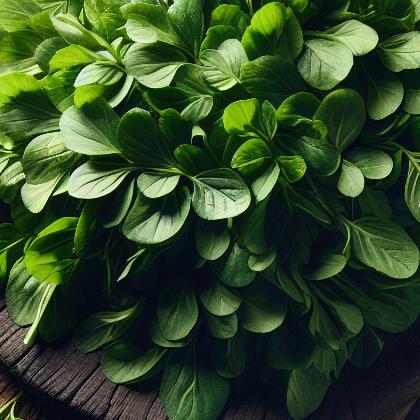Showing results for 'Fenugreek'
close
Fenugreek

Fenugreek (/ˈfɛnjʉɡriːk/; Trigonella foenum-graecum) is an annual plant in the family Fabaceae with leaves consisting of three small obovate to oblong leaflets. It is cultivated worldwide as a semi-arid crop, and its seeds are a common ingredient in dishes from the Indian Subcontinent.
Fenugreek Pairs With:
Food Item
Flavor Affinity Level

Did you know there are 43 food flavor pairings in my database for Fenugreek available. What you are seeing above is a random list of 30 items which pair with Fenugreek.
For the entire list, beautifully formatted, enter your email address and click the download button below, then I'll email it to you as a PDF.
Fenugreek Properties:
| Food Property | Type | Description |
|---|---|---|
| Flavor Profile | Bitter | Fenugreek has a slightly bitter taste that can add depth to dishes. |
| Astringency | Fenugreek can have a slightly astringent quality when consumed in large quantities. | |
| Texture | Graininess | Fenugreek seeds have a slightly grainy texture when chewed. |
| Nutritional Value | Macronutrients | Fenugreek is high in protein and dietary fiber. |
| Micronutrients | Fenugreek is a good source of iron, magnesium, and manganese. | |
| Fiber | Fenugreek is rich in soluble fiber, which can help promote digestive health. | |
| Aroma | Volatile Compounds | Fenugreek has a strong, slightly sweet aroma due to its volatile compounds. |
| Chemical Composition | Acidity/Alkalinity (pH) | Fenugreek has a slightly alkaline pH. |
| Cooking Behavior | Heat Conductivity | Fenugreek seeds can retain heat well when cooked. |
| Water Retention | Fenugreek seeds can absorb water and become gelatinous when cooked in liquid. |
Food Pairing App - Version 1.2.0
